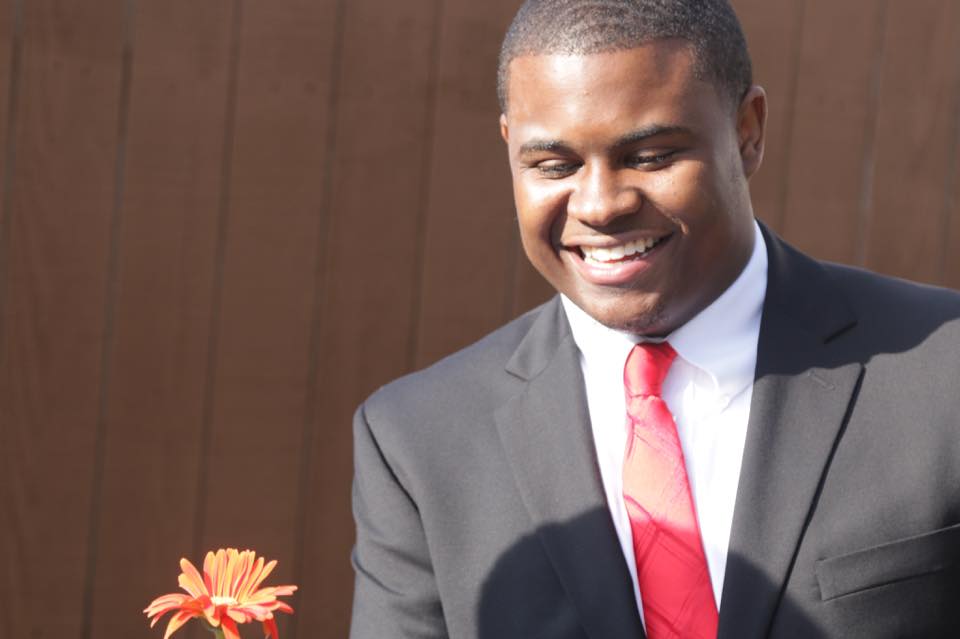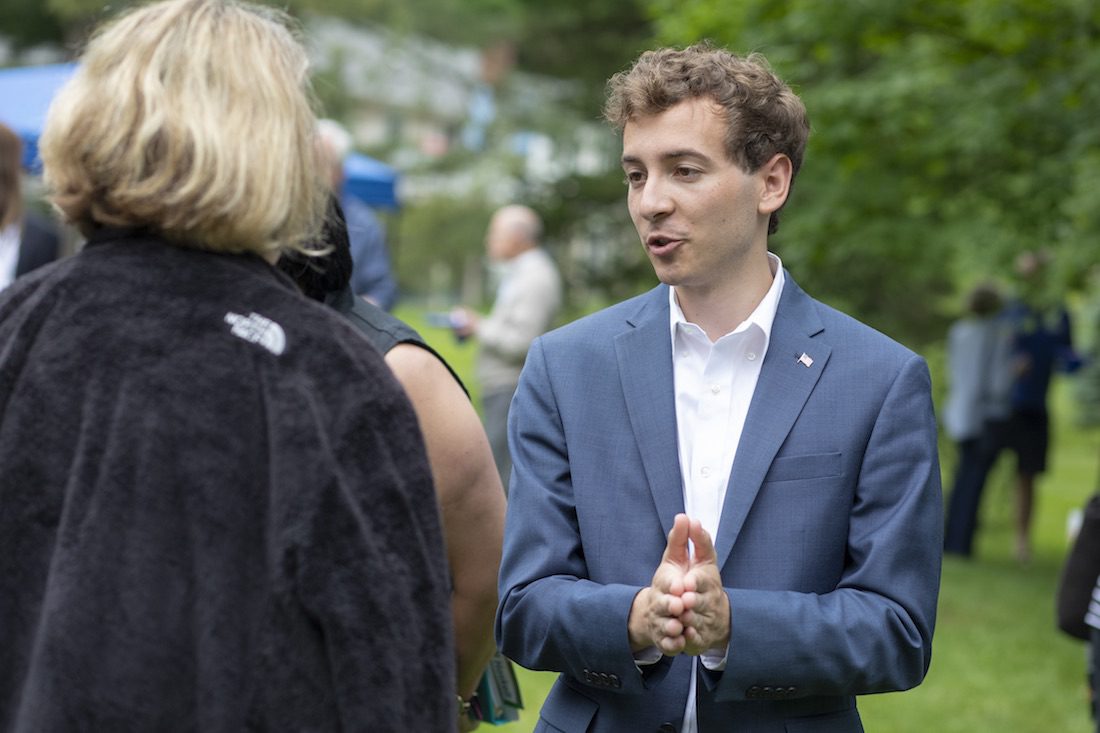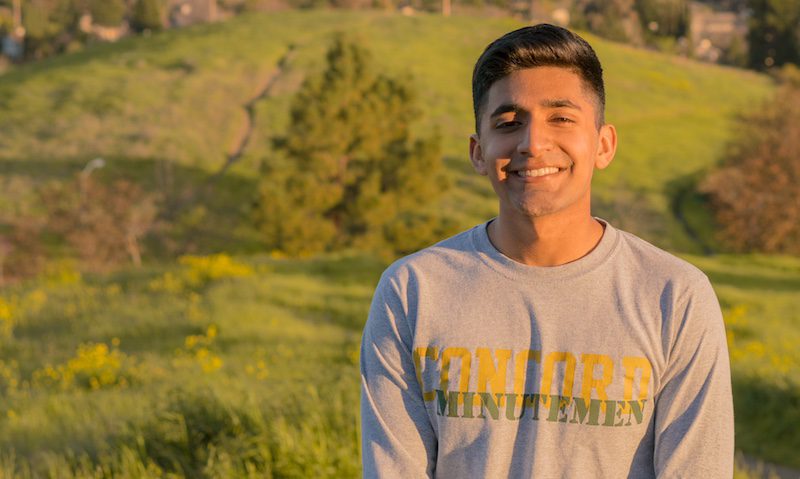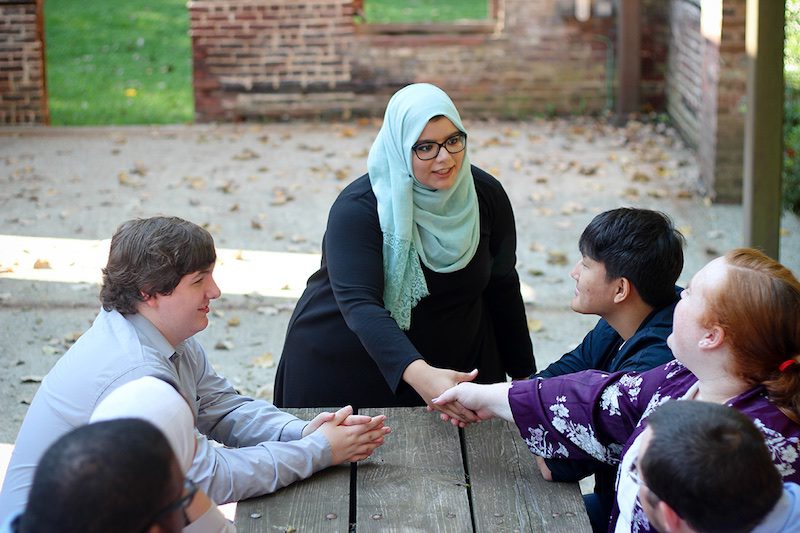
The 2018 midterm election was one for the books.
This November, a groundbreaking number of younger voters came out to the polls. Almost a third of eligible young people ages 18-30 voted in the midterms, according to the Center for Information and Research on Civic Learning and Engagement. While that’s still less than the 46 percent of eligible young people who voted in the 2016 presidential election, that number is a staggering increase compared to just 21 percent in the 2014 midterm.
Not only were there more young voters in the 2018 election, more young people were elected to office as well, according to the Pew Research Center. More than a fifth of the House’s 91 freshmen members-elect are millennials, which Pew categorizes as people born between the years 1981 and 1996. These new millennial Congress members include rising stars like Alexandria Ocasio-Cortez, who at 29 is the youngest woman ever elected to Congress.
This year YR Media tracked the campaigns of a number young candidates on the election trail. Here’s how some of their races turned out (ages below represent how old a candidate was at the time of the election):

Kalan Haywood)
Kalan Haywood, 19 (Wisconsin State Assembly):
- Ran unopposed and won.
Haywood spoke to YR Media shortly before the election and said one of the key issues he will address is poverty and access to education.

(Photo: Dan Bigelow)
Will Haskell, 22 (Connecticut State Senate):
- Won 53 percent of the vote to beat incumbent Toni Boucher, who had been in Congress for as long as Haskell has been alive.
Haskell is no stranger to politics and was working with his state congressman before he was old enough to drive. He encourages other young people to consider politics: “We’re a perspective that needs to be heard from.”

Aasim Yahya, 18 (California State Assembly):
- Lost but still earned 27 percent of the vote in an intra-party race.
Yahya told YR Media “the decisions being made now are not necessarily going to affect somebody who is 65 years of age and older. They’re going to impact my generation — the 18-year-olds and the 24-year-olds today.”
Brandon Nelson, 21 (California State Assembly)
- Lost his race 26.8 to 73.2 percent.
- Ran as a Libertarian against a Democratic incumbent.
Morgan Murtaugh, 26 (California 53rd Congressional District)
- Lost her race 33.9 to 66.11 percent.
- Ran as a Republican against a Democratic incumbent.

Aisha Yaqoob, 25 (Georgia House of Representatives):
- Lost her race, 44 to 56 percent.
Yaqoob ran on a platform advocating for civil and immigrant rights and reforming Georgia’s HOPE scholarship.
Lalita Etwaroo, 26 (New York State Assembly)
- Lost her race 8.2 to 91.7 percent.
- Ran as a Republican against a Democratic incumbent

(Photo: Alyssa McClenning)
Morgan Zegers, 21 (New York State Assembly):
- Lost her race 44 to 57 percent.
- A small business owner, Zegers told us “the problem for me being a young Republican woman is I get asked to do a lot of interviews to talk about my campaign and instead they want to talk about national issues. … It’s my job to kind of redirect the conversation to my campaign, and I’ve had to learn that the hard way.
Hadiya Afzal (Dupage, Illinois, County Board)
- Came in fourth in a four-way race with 21.3 percent of the vote.
- Top vote-getter only got 28.3 percent of the vote.